'Here to be inspired by Japanese culture, homage to its beauty, and create artistic products in the process.'
Graduation Collection Part I
WANDERING HILLS


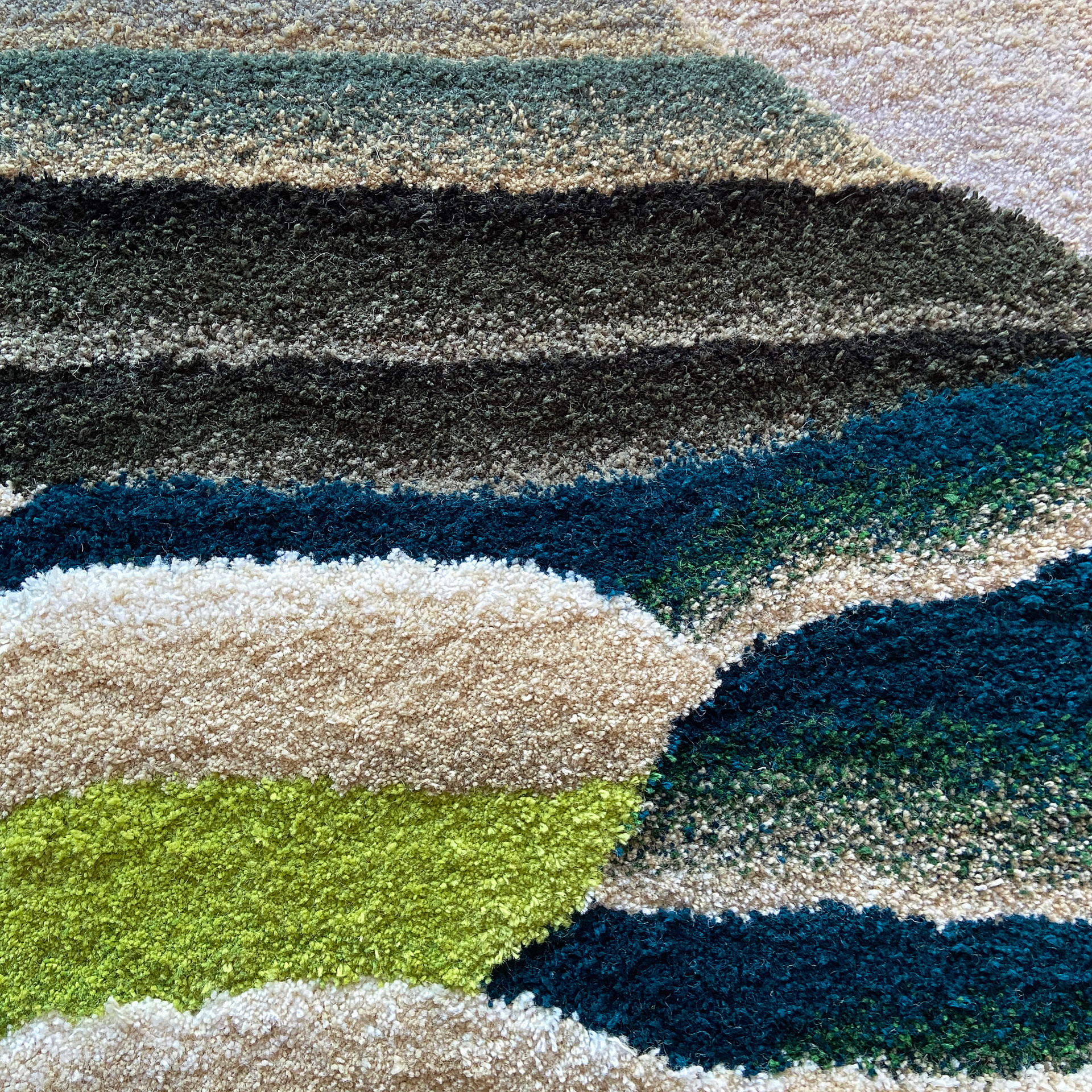
In collaboration with the TextielLab, the professional workplace of the TextielMuseum, the Wandering Hills carpet has been tufted and finished with the highest quality and precision. Upon a closer look, you can admire the smooth wool gradients and height differences that are carefully applied to inspire a natural appearance. The hills flow upwards as it slowly reaches Mt. Fuji in the foggy distance. Wander along as we get lost in its simplistic beauty and outstanding craftsmanship.
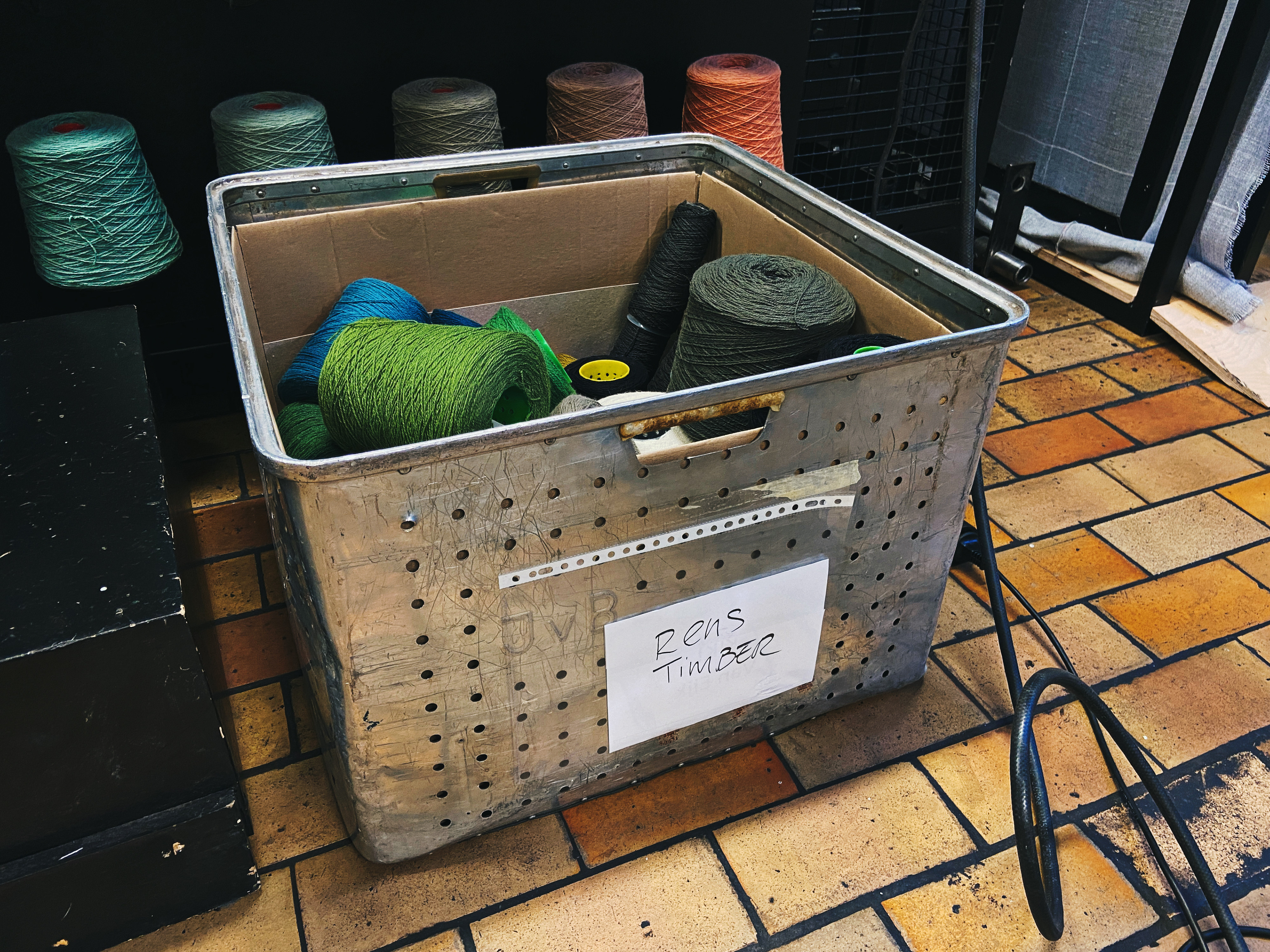
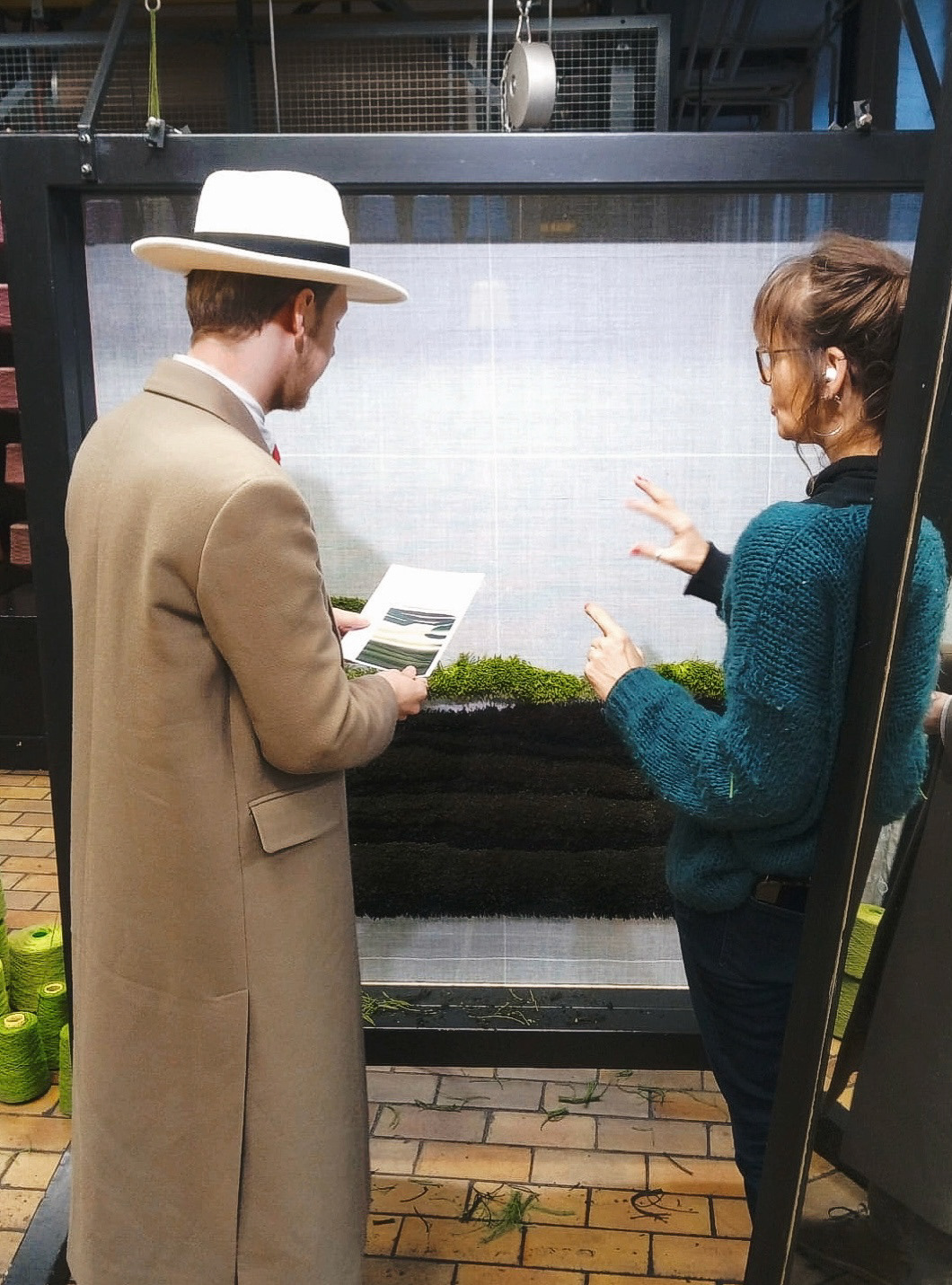
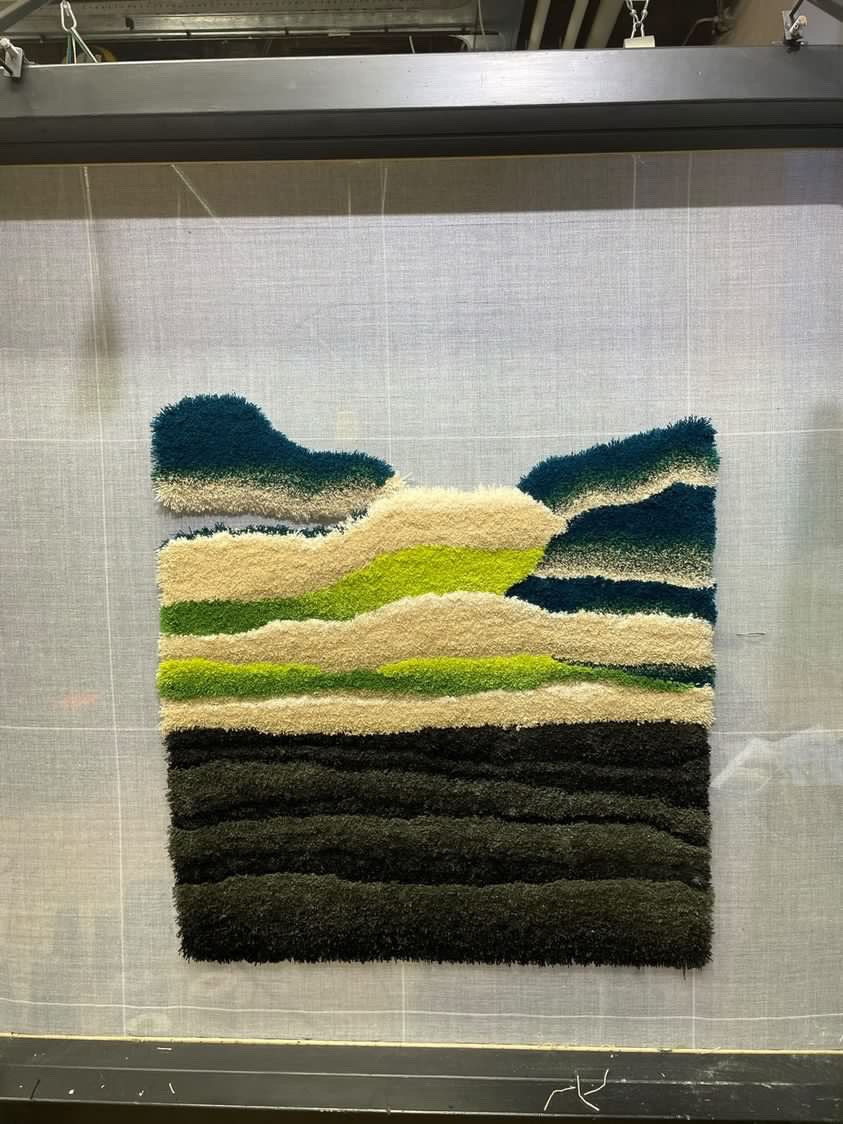
MOETATSU TABLE

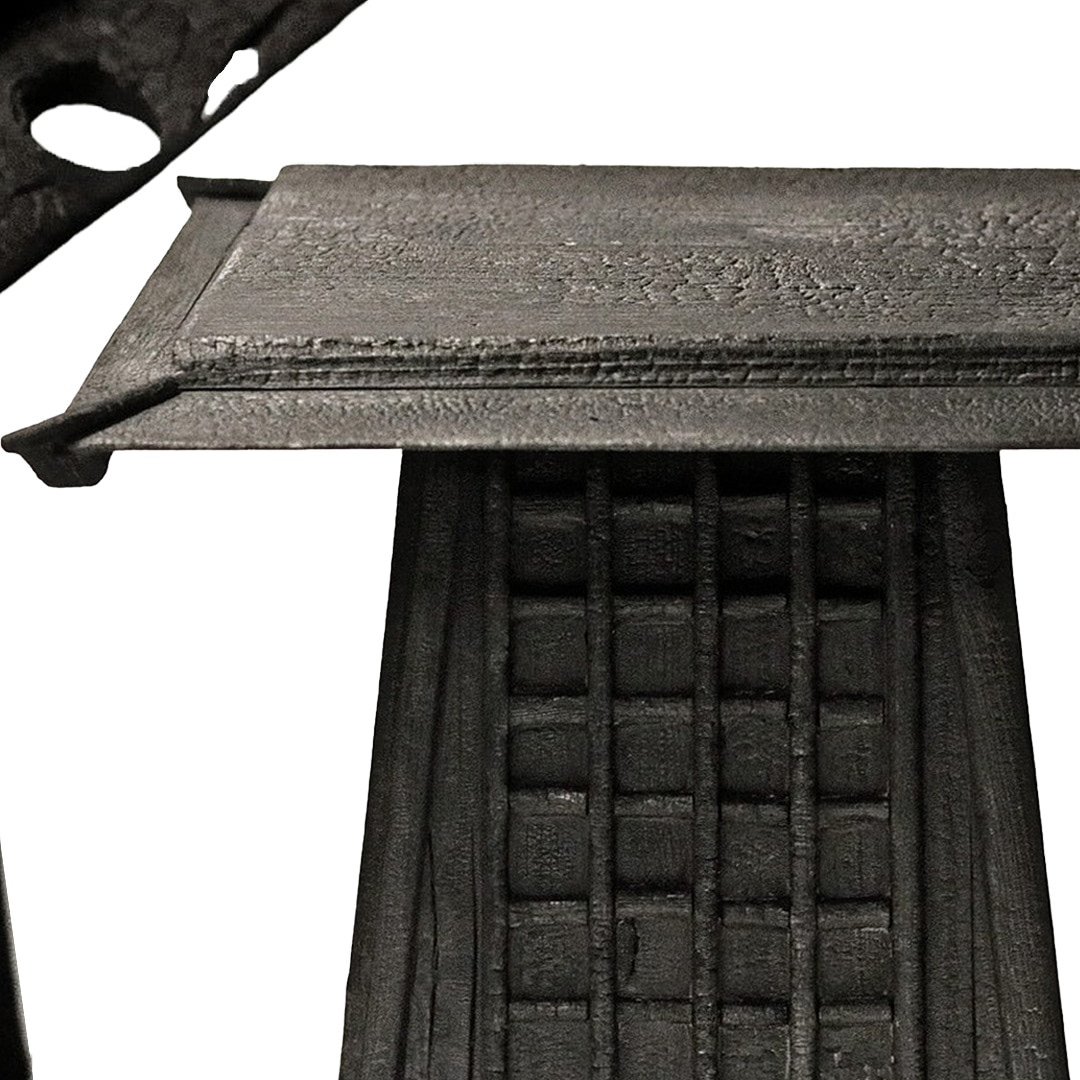
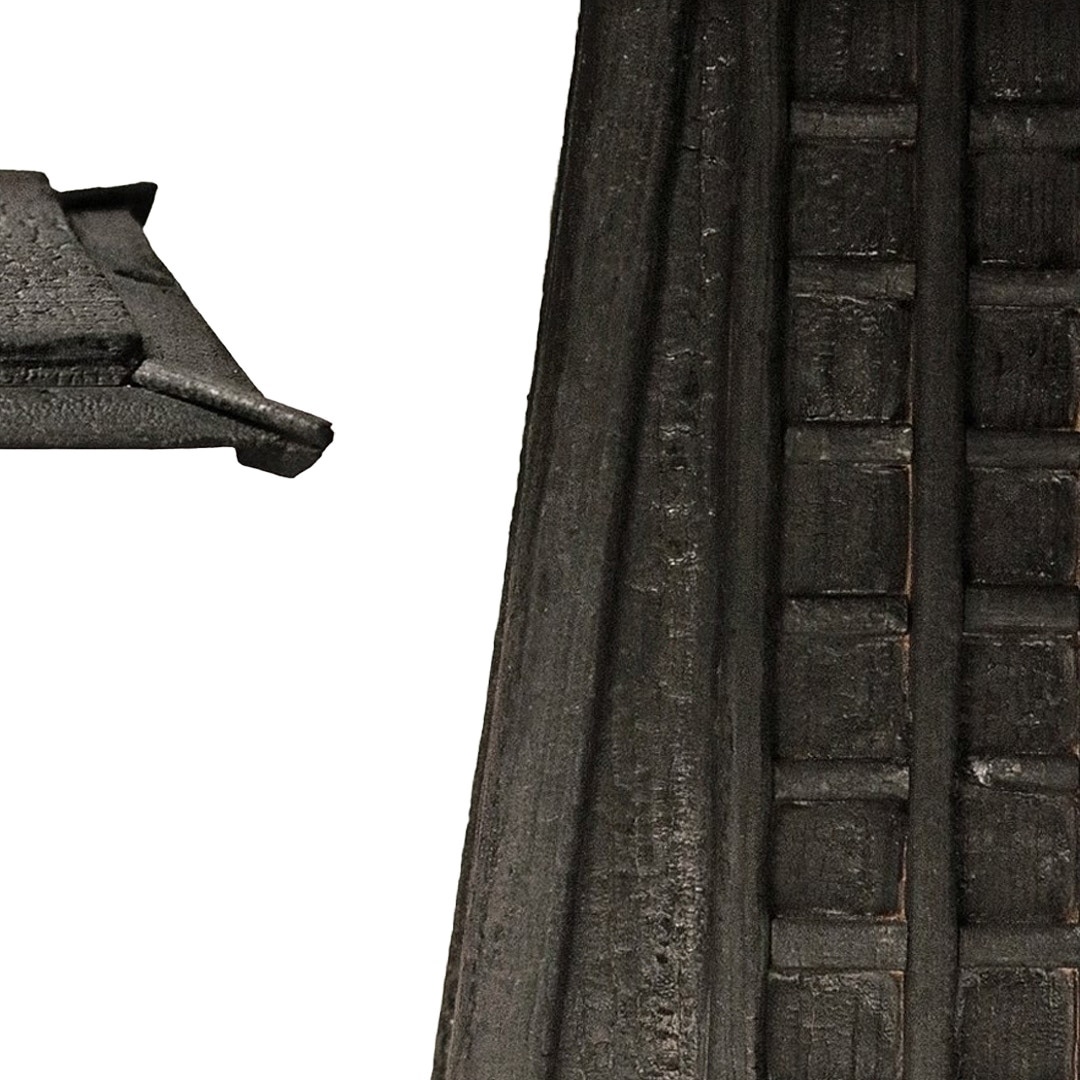
Reminiscent of the traditional Japanese wooden houses, the Moetatsu table uses this centuries-old architecture as its source of inspiration. As commonly known, wooden houses, mainly in the bigger cities, are I’ll-fated to be lit on fire. Shou Sugi Ban translating to Burned Cedar is a Japanese technic to preserve the wood and prevent it from easily catching fire. The imperfections that occurred because of the flames make it rough around the edges, which creates a more lived-in look.
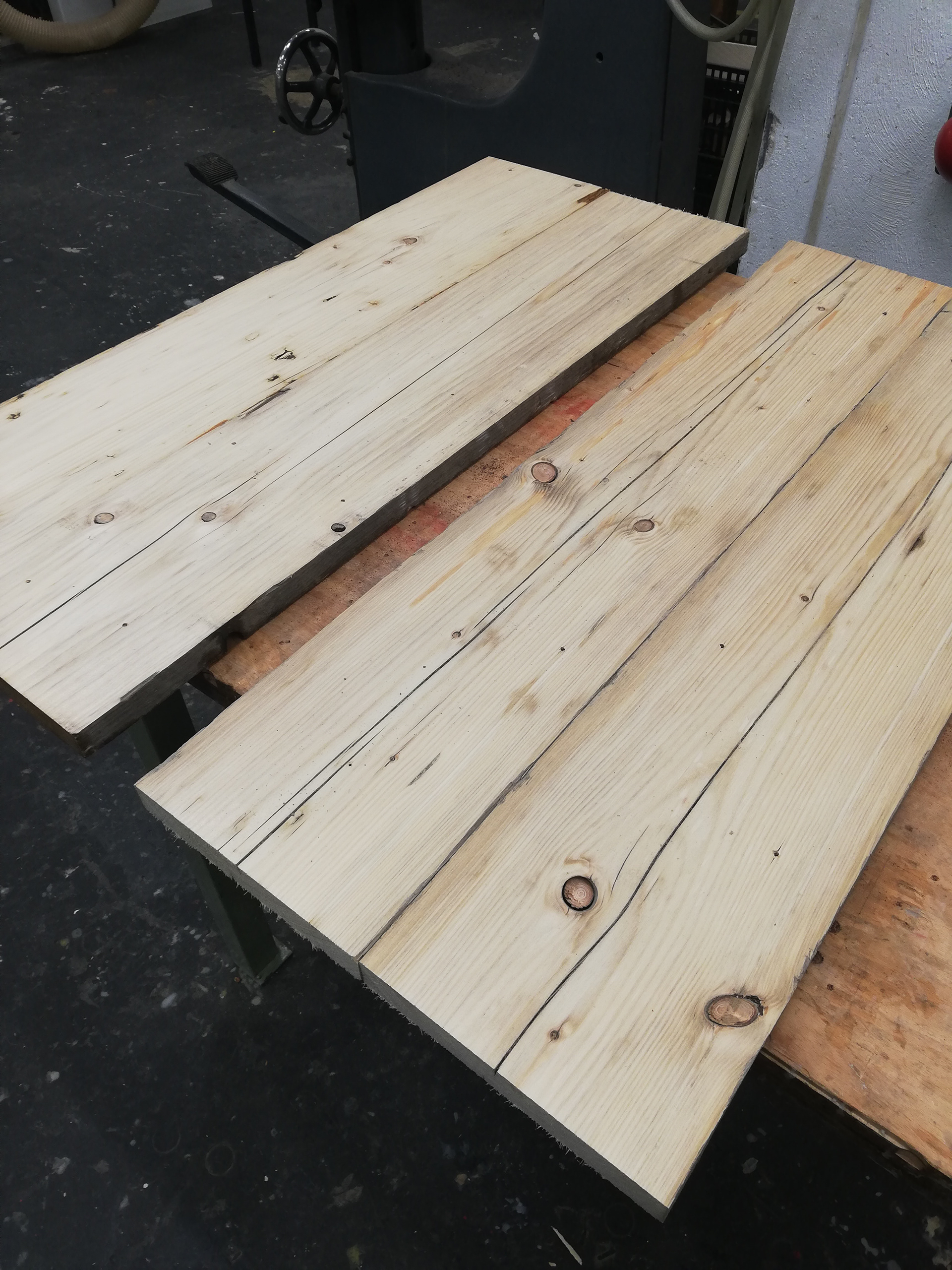

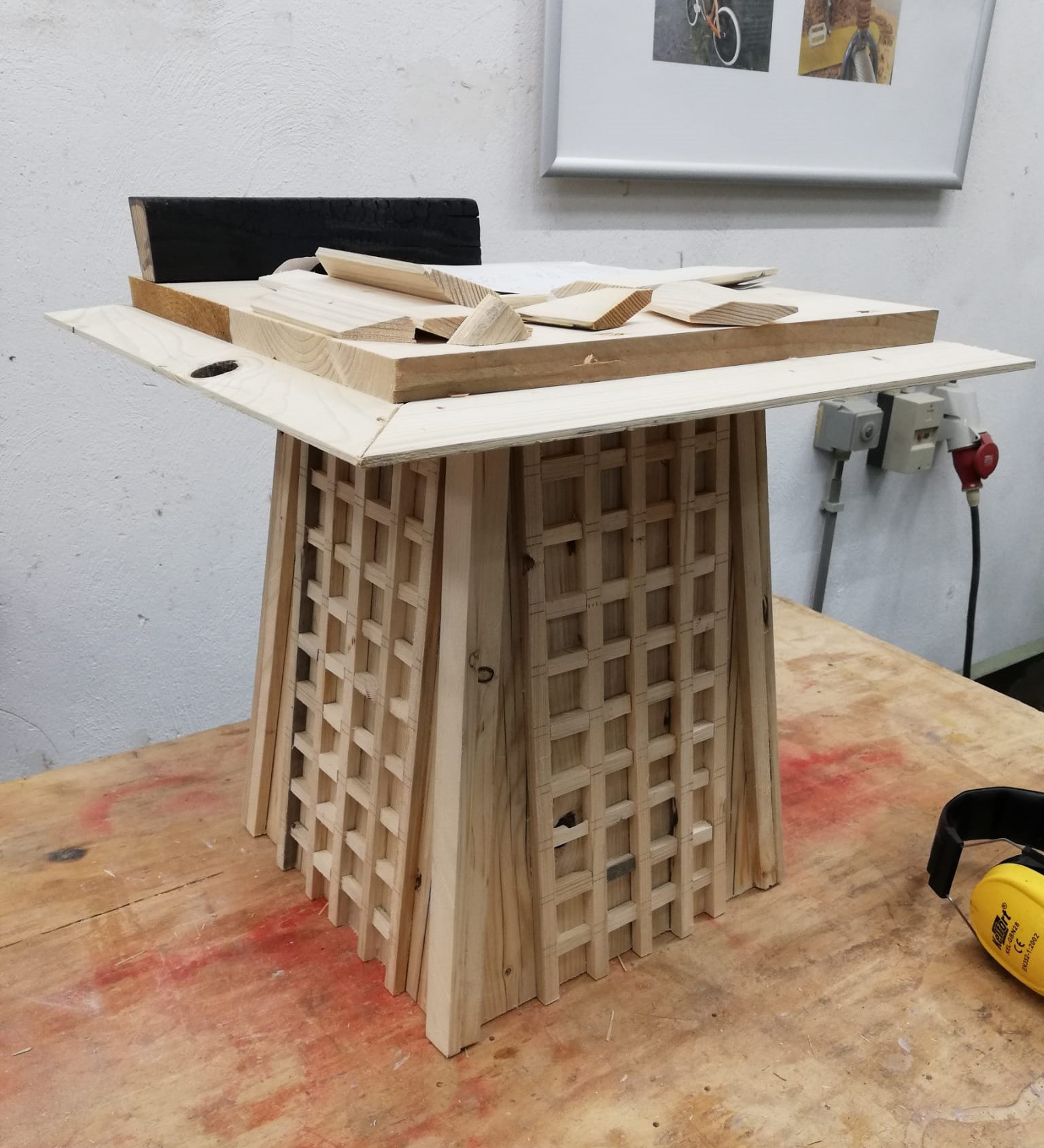
THE DUTCH WAVE
The title implicates a parody of The Great Wave of Kanagawa and refers to the vividly colored glass rising in the middle of the plate. The glass shard is a Dutch archeological finding named belly bottle glass, which is around 300 years old. The golden veins that run through the plate are a well-known technique called Kintsugi, which fused the glass with some Japanese pottery. The thought behind this craft is that instead of binning broken pottery, you put it back together and appreciate it even more, highlighting its imperfections.


